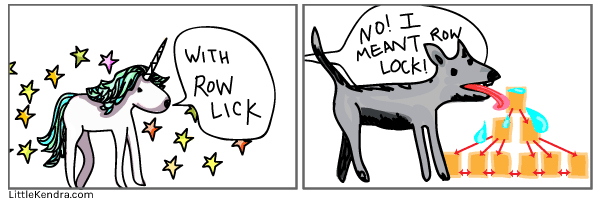SQL Server offers two flavors of optimistic locking for traditional disk-based tables: Read Committed Snapshot Isolation (RCSI), and Snapshot Isolation. They are each great tools to reduce blocking and make applications faster, particularly in databases that have lots of tiny reads and writes that need to be quick, or mixed-use patterns (lots of little reads and writes + larger reporting queries).
Both isolation levels are available in SQL Server Standard Edition and Web Edition as well as Enterprise. That’s right, they’re cheap and easy. Each of them are controlled by database level settings, and default to disabled for new user databases when you install SQL Server and leave the default settings on the model database.
When should you pick one or the other? And when might you enable both?
Continue reading






